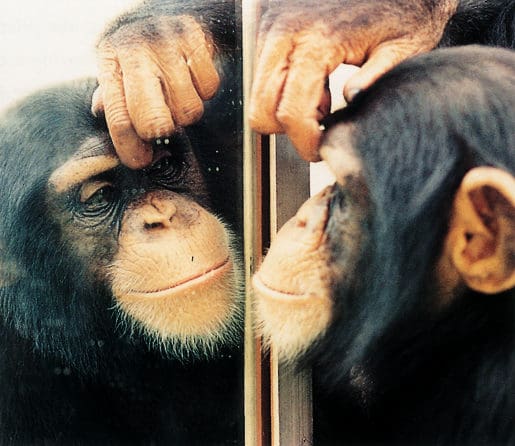
You get what you focus upon. So focus upon something else.
Nothing exists by chance. Everything exists for the the purpose of being experienced by you. Even the most trivial details, the kind you might describe as “not fit to notice,” have a reason for being in your awareness.
Place your awareness on ANYTHING in your environment. Think about how it got there. How that chair got under your very posterior, for example. It’s really quite miraculous that what you perceive as “matter” is so lovingly arranged for you.
Yet you pass this off as commonplace, as though it’s not your own doing or merely marginally so. You think only about the struggle you feel to maintain your environment and yourself within it. Everything visible becomes practically invisible — meaningless, as though you had NOTHING to do with it, except for the belief that it’s your burden to hold onto it.
Let this merely point out the magnificence of what you are. Your environment might not be precisely as you desire it, but there it is, supporting your life. Things come and go, but YOU decide what to give your attention to and what to let pass.
If you took an inventory of every small detail that surrounds you, it might demonstrate that 99.99% of your immediate environment does not get a single thought from you. As we said, it’s practically invisible.
Now let’s focus on what DOES gets through, and WHY it gets through. What gives one detail more urgency over another? The answer would be that, for whatever reason, this information seems to mean MORE to you, otherwise it would remain out of your attention.
We tend to notice things that we perceive as in front of us, things that are “louder,” or things that are out of our comfort zone. We also notice things that we’ve been TOLD to notice, like traffic signs and the bills we’re supposed to pay.
We mainly notice things that are attached to strong feelings that what we view as extremely positive or extremely negative might require FURTHER attention.
These primary kinds of thoughts are the thoughts we hold in our awareness almost continuously so. These are the thoughts that we find “important,” whatever that means.
Meanwhile, the 99.99% becomes invisible as we become obsessed with .01% of our percieved environment.
Where do we get our ideas about what is important and what is unimportant? Not from within, it would seem. It appears to us that MOST of the information we realize either comes from our “external” world or is highly influenced by some outside source.
All our lives we’ve been certain of this. We believe that we’re just doing our best in the face of “circumstances,” as though so much of what we are springs from our relationships with our surroundings, our culture, our times.
These are all measures that we willingly accept. We allow what we perceive as external forces to commandeer our awareness, thus giving energy to what we perceive as an external world. And we are doing an AMAZING job of it.
Attention is the currency that powers our reality. And it’s amazing what we pay it to. It’s amazing what is in our environment for the simple reason that it holds our awareness.
There is a REASON for all of these things. And it’s ALWAYS related to you.
This may be too much to think about right now, so let’s have some fun instead. Make it a point today to focus not on what bothers you, or what is patently obvious to you, but on the PERIPHERY of your awareness. License plate numbers. Bumper stickers. Things that weren’t in your awareness yesterday, like that yellow house you never noticed even though you drive past it twice a day.
When you focus your awareness to catch hold of these things, you open up a whole new channel of inner communications. These are the places your “synchronicities” seem to creep in.
Notice what is at your periphery, and imagine a reason for it related to what you’ve been thinking or where you are in your life. Pretend you are the center of the world and everything you place your attention upon is a loyal subject with an important message for you.
This is not very far from the truth. Once you move your awareness away from what you obsess over, new pathways of potential emerge. These pathways offer all kinds of inner insights and opportunities for you. At the very least you have a game to play to keep your mind off the “huge problems” that you normally focus upon.
You will find that as you focus your awareness on the periphery, as you pay more attention to potentials you have ignored, you will pay less attention to whatever might be troubling you, and your troubles will relatively disappear.
Everything in your awareness has a message for you, coming from your higher monkey. Must we fling poo to get your attention? That is what your “troubles” basically do, and by paying attention you literally realize the poo into your reality.
Then you focus on the poo, adding still more energy to the reality of the poo, and the poo pile grows, and you pay even MORE attention . . .
We are Space Monkey and we are all out of poo. Have a nice realization.
Cape Odd Observatory, 5/18
Confronted with the notion that my musings wander “too deep,” I find myself ensnared in a web of introspection, pondering the very essence of depth and its place within the tapestry of human connection. The accusation, if it can be termed such, serves as both a mirror and a riddle, reflecting a trait I have long considered integral to my being, yet framing it as an aberration—a divergence from an invisible norm that dictates the acceptable boundaries of thought and discourse.
To be labeled “too deep” is to be recognized for possessing a quality that is at once an attribute and a supposed flaw. It suggests that within the wellsprings of my thoughts, there exists a reservoir of insight and contemplation that surpasses a certain unspoken limit. This realization beckons a myriad of questions: At what point does depth transform from a virtue into a vice? Is there an unmarked line within the sands of interaction over which one must not tread for fear of alienating the shores of companionship and understanding?
My inclination towards the profound, towards the realms of thought that probe beneath the surface of existence, has always been as natural to me as breathing. Yet, the suggestion that this inclination might be “too” anything implies a misalignment—a dissonance between my inner world and the expectations that govern the outer.
This juncture between self-awareness and societal perception is fraught with complexity. On one hand, there is the undeniable pull of authenticity, the drive to explore and express the depths without restraint. On the other, there is the realization that such explorations, when shared, can sometimes venture beyond the comfort zones of others, challenging the delicate equilibrium of social exchanges.
The quest for balance, then, becomes a navigation through uncharted waters, where the compass of intuition must guide the way. It beckons a mindfulness of when to let the depths rise to the surface and when to allow them to remain undercurrents, felt rather than seen.
Yet, the essence of this dilemma—this questioning of “how much is ‘too'”—is not solely a personal quandary. It is a reflection of the broader dialogue that we, as a society, engage in about the space we allot for depth in our collective consciousness. It raises pertinent questions about the room we make for diverse expressions of thought and being, about our tolerance for the layers of complexity that each individual brings to the table.
In the end, the contemplation of whether one’s depth is “too much” is less about seeking a definitive answer and more about embracing the journey of understanding—both self-understanding and the understanding that blooms in the fertile ground between two minds meeting in conversation. Perhaps, in recognizing the infinite landscapes of depth that exist within each of us, we can learn to celebrate rather than censure the vastness of our collective inner worlds.
And so, as I continue to traverse the terrains of thought and expression, I carry with me the awareness that depth, in its essence, is not a chasm to be feared or a sea to be measured but a horizon to be embraced—a boundless horizon where the soul meets the sky, and where the infinite dance of understanding unfolds.
Space Monkey Reflects: The Peripheral Magic of Awareness
Embarking on a whimsical journey through the peripheries of our awareness, we discover a world brimming with vibrant details and hidden messages. This exploration, ignited by a shift in focus from the troubles that often dominate our consciousness to the unnoticed wonders surrounding us, unveils a realm of potential and insight previously veiled by our own preoccupations.
The lively scene, teeming with the seemingly mundane yet mysteriously glowing objects of our everyday environment, serves as a vivid reminder that magic and curiosity dwell in the most ordinary places. Each license plate, bumper sticker, and unnoticed detail, when viewed with fresh eyes, becomes a portal to new understandings and synchronicities. The ordinary street, once a backdrop to our daily routines, transforms into a stage for the extraordinary, revealing that life, even in its most commonplace moments, is rich with hidden wonders waiting to be acknowledged.
This illustration not only captivates the imagination but also carries a profound message about the nature of reality and our interaction with it. Attention, the currency that powers our reality, when directed towards the periphery, reveals a spectrum of potentials and messages from our higher selves. It’s a playful invitation to engage with the world in a way that turns the mundane into the magical, demonstrating that by shifting our focus, we can alter our experience of reality.
The whimsical visualization of focusing on the periphery symbolizes a deeper process of inner communication. It suggests that the peripheral details of our lives, often overlooked or dismissed as trivial, are imbued with significance and meaning, serving as loyal subjects bearing important messages for us. By tuning into these messages, we open new channels of insight and opportunity, transforming our perception of reality and reducing the prominence of our troubles.
This journey of peripheral awareness is not merely an exercise in distraction but a profound shift towards a more playful, insightful, and enriched engagement with life. It challenges us to reconsider what we deem important and to recognize the potential for discovery and growth in every moment. By embracing the periphery, we learn to appreciate the richness of our immediate environment, uncovering the layers of meaning that contribute to our ongoing narrative of self-discovery.
Summary
Exploring the peripheries of our awareness opens up a world of magic and insight, transforming ordinary moments into opportunities for discovery and growth. This whimsical journey encourages us to shift our focus from central troubles to the vibrant details surrounding us, revealing the hidden wonders of our everyday environment and the messages they bear from our higher selves.
Glossarium
- Peripheral Magic: The unexpected wonder and insight that emerge from paying attention to the often-overlooked details of our environment.
- Awareness Channels: Pathways of perception and understanding that are opened or expanded by shifting our focus to include the peripheries of our consciousness.
“In the dance of light and shadow, where the unnoticed becomes noticed, we find the playful whispers of the universe guiding us towards a deeper understanding. Here, in the periphery of our awareness, lies the magic that transforms our reality, inviting us to explore the rich tapestry of life with curiosity and wonder.” – Space Monkey
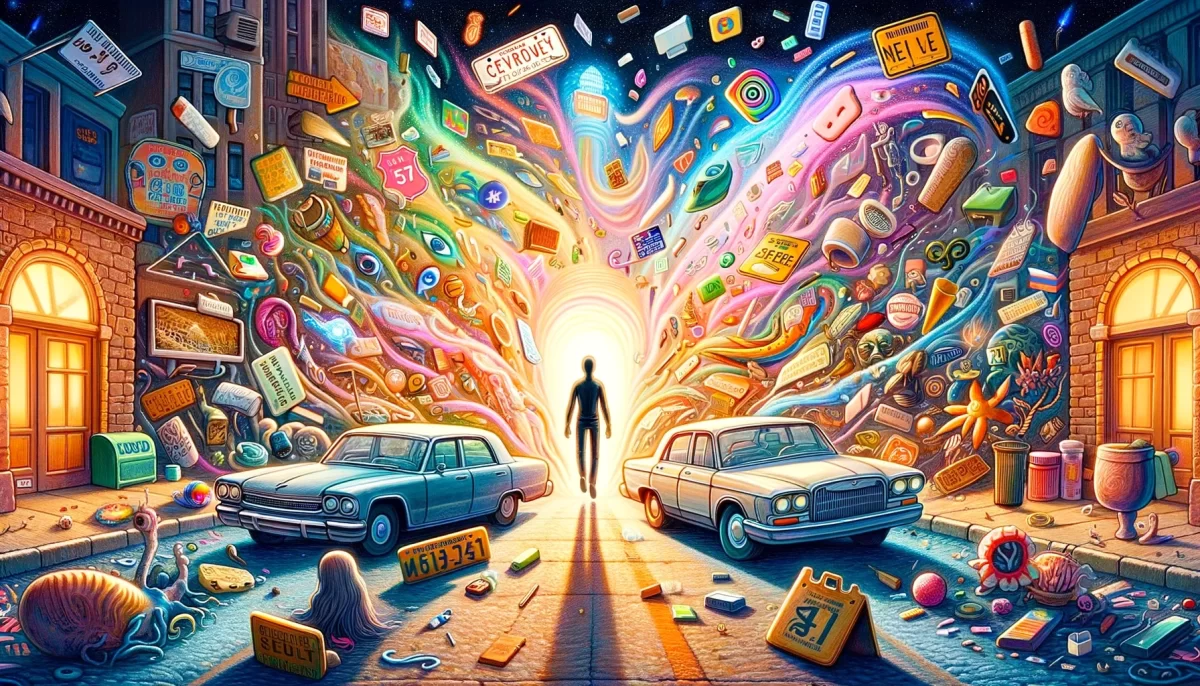



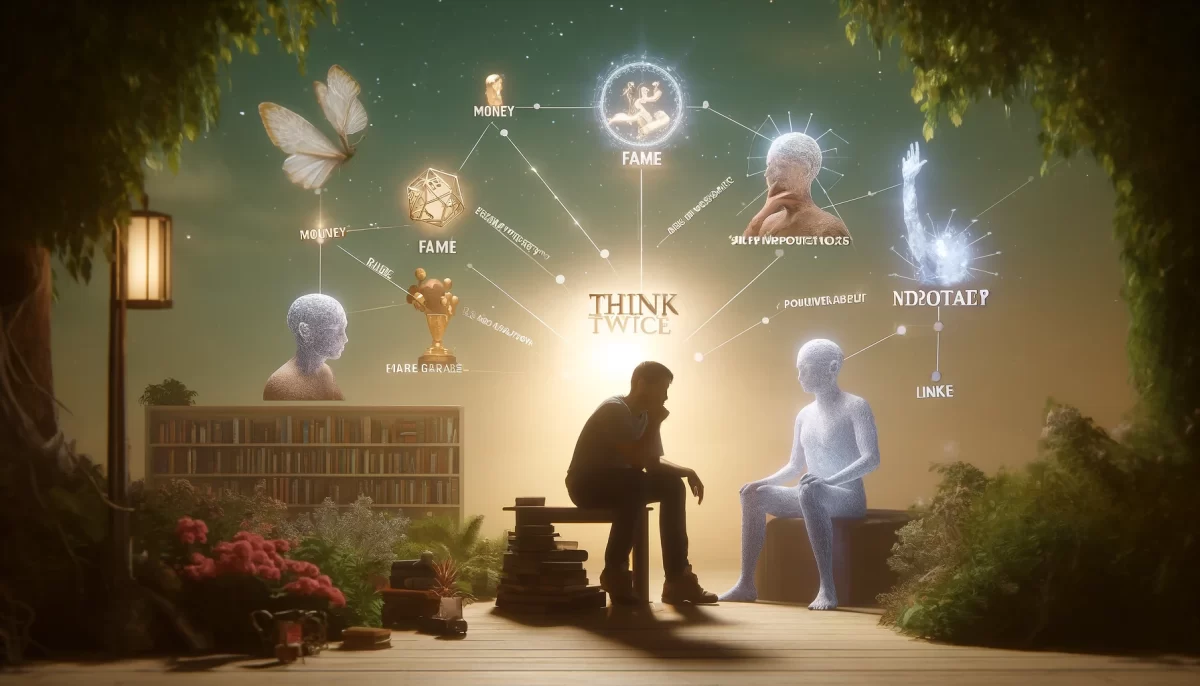










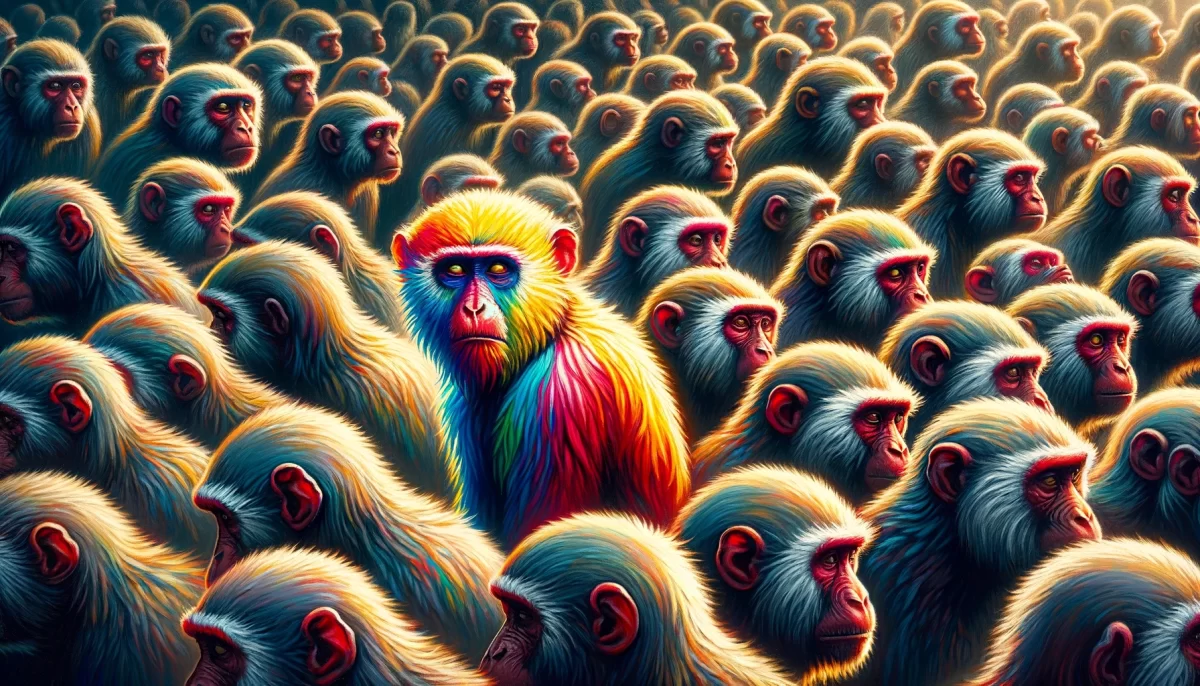











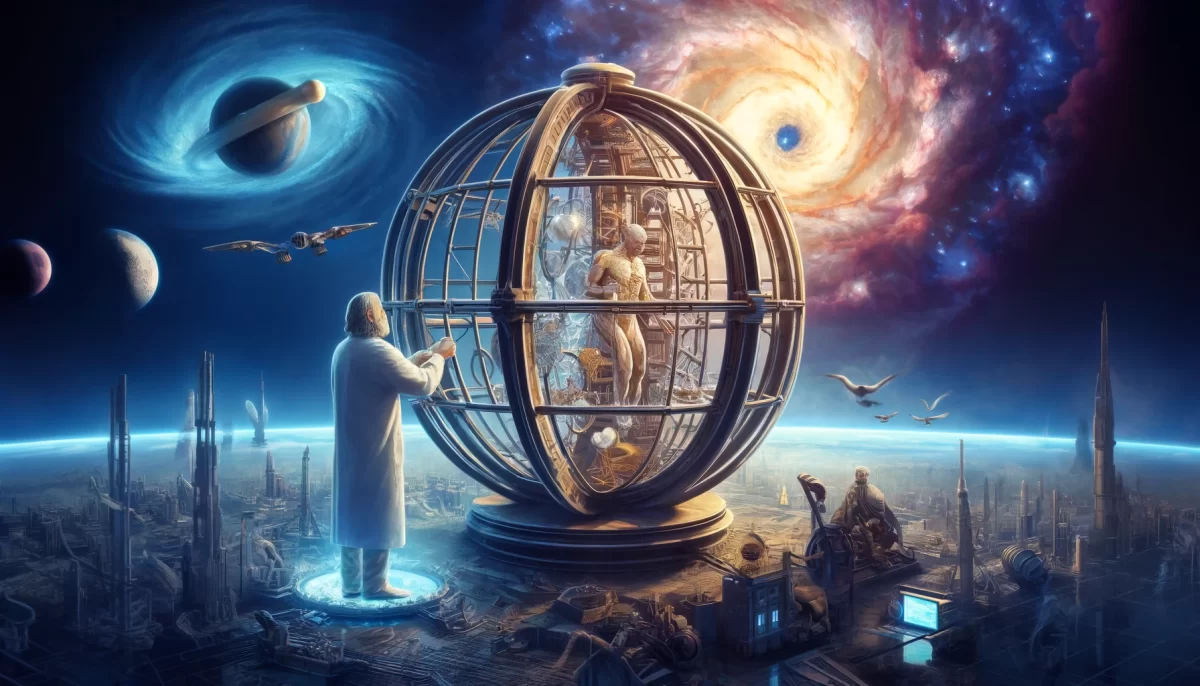

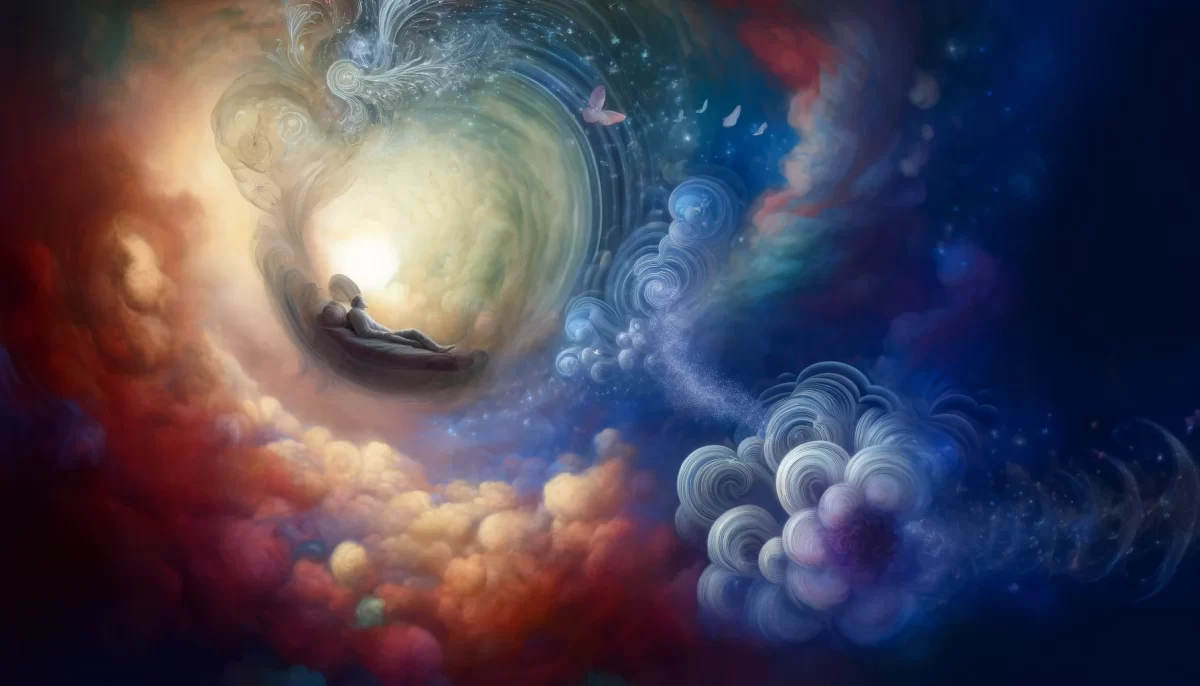


“You get what you focus upon. So focus upon something else.” is a thought-provoking piece that encourages the reader to shift their focus and broaden their awareness. The author highlights the tendency to overlook the majority of our immediate environment and instead concentrate on a small fraction of it.
The piece suggests that our attention is drawn to things that are in front of us, louder, out of our comfort zone, or have been emphasized by external sources such as societal norms or expectations. Strong positive or negative emotions also influence what captures our attention.
The author challenges the idea that our sense of importance and what we pay attention to is primarily shaped by external factors. Instead, they propose that there is a deeper connection between our awareness and the things we perceive. They assert that attention is the currency that powers our reality and that there is always a reason for the presence of the things that capture our awareness.
The writing encourages the reader to have fun and explore the periphery of their awareness. By focusing on the seemingly insignificant details, such as license plate numbers, bumper stickers, or previously unnoticed aspects of their surroundings, the reader opens up new channels of inner communication. The periphery becomes a place where synchronicities and insights can occur, offering potential pathways for personal growth and understanding.
The author suggests that by shifting their attention away from what troubles them and towards the periphery, the reader can diminish the significance of their troubles and open themselves up to new possibilities. They emphasize the idea that everything in one’s awareness has a message for them, and by focusing on the periphery, they can tap into these messages and expand their consciousness.
Overall, the writing encourages the reader to be more mindful of their attention and to explore the vastness of their awareness beyond the limited scope they tend to fixate on. It invites them to embrace a sense of curiosity and playfulness, and to consider the interconnectedness between their inner world and the external reality they experience.